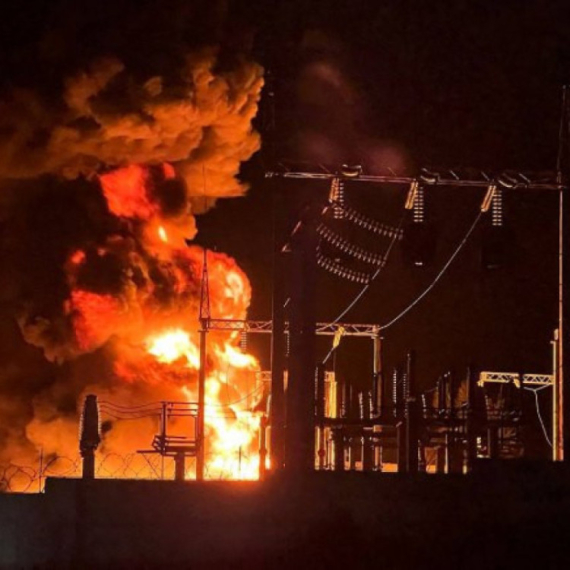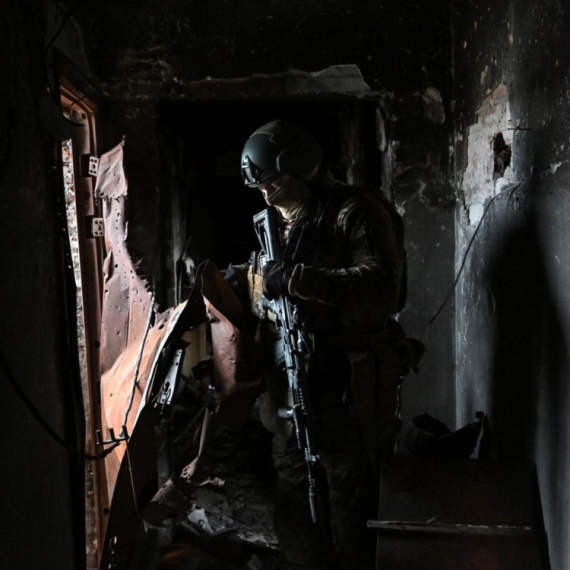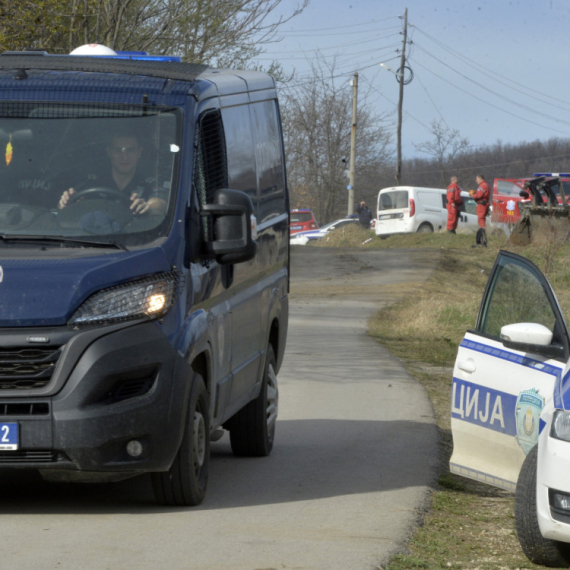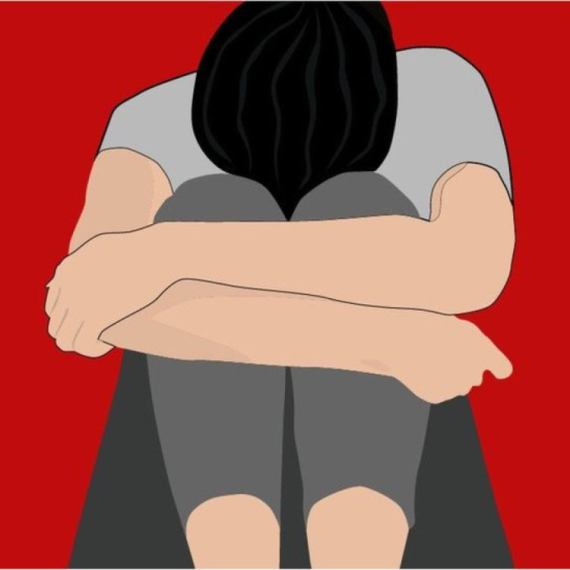Belgrade witnesses recall Medak carnage
Statements from 9 witnesses have been read out at the trial of Croatian Generals Rahim Ademi and Mirko Norac.
Monday, 11.02.2008.
16:05

Statements from 9 witnesses have been read out at the trial of Croatian Generals Rahim Ademi and Mirko Norac. The witnesses, who were questioned via video link in Belgrade last week, accused the generals of inhumane treatment of Serb civilians and prisoners of war, and destruction of their property. Belgrade witnesses recall Medak carnage The majority of the nine witnesses—eight Serbs and one Norwegian—had been members of Serb units, and had lived in the villages that were later destroyed, while others had helped identify bodies at the end of the offensive. Four of the witness had initially been due to testify in Zagreb, but failed to appear at the Zagreb District Court out of fears for their security. One of the witnesses said that he had seen a dead woman in her house, with her head half decapitated, hanging from her body, while her chest had been sliced open all the way down to her vagina. The witness recalled four or five Croatian soldiers hanging one man from a tree, and practicing throwing knives at his body, after which they cut him down from the tree, tied him to a car and drove him through the village. The witness could not say whether or not the victim had still been alive during the torture. A number of witnesses described torture and abuse after Croatian troops had taken them prisoner during an attack, both straight after their capture, and subsequently in the Gospic, Karlovac and Rijeka prisons. Besides soldiers, other civilians entered the cells to give them beatings, while one witness fell unconscious, and when he came to he saw a Croatian soldier pouring water over him. They were all beaten with poles, after which a soldier and a policeman came in to usher the attackers out. Treatment of prisoners at the Otocac prison was acceptable, the witnesses said. Ademi and Norac are accused of command responsibility for the murders of 28 Serb civilians and five prisoners of war during the Medak Pocket offensive, as well as the destruction of hundreds of homes and other buildings in villages where 400 people had lived prior to war, but whose populations are now less than 10.
Belgrade witnesses recall Medak carnage
The majority of the nine witnesses—eight Serbs and one Norwegian—had been members of Serb units, and had lived in the villages that were later destroyed, while others had helped identify bodies at the end of the offensive.Four of the witness had initially been due to testify in Zagreb, but failed to appear at the Zagreb District Court out of fears for their security.
One of the witnesses said that he had seen a dead woman in her house, with her head half decapitated, hanging from her body, while her chest had been sliced open all the way down to her vagina.
The witness recalled four or five Croatian soldiers hanging one man from a tree, and practicing throwing knives at his body, after which they cut him down from the tree, tied him to a car and drove him through the village.
The witness could not say whether or not the victim had still been alive during the torture.
A number of witnesses described torture and abuse after Croatian troops had taken them prisoner during an attack, both straight after their capture, and subsequently in the Gospić, Karlovac and Rijeka prisons.
Besides soldiers, other civilians entered the cells to give them beatings, while one witness fell unconscious, and when he came to he saw a Croatian soldier pouring water over him.
They were all beaten with poles, after which a soldier and a policeman came in to usher the attackers out.
Treatment of prisoners at the Otočac prison was acceptable, the witnesses said.
Ademi and Norac are accused of command responsibility for the murders of 28 Serb civilians and five prisoners of war during the Medak Pocket offensive, as well as the destruction of hundreds of homes and other buildings in villages where 400 people had lived prior to war, but whose populations are now less than 10.


























































Komentari 9
Pogledaj komentare